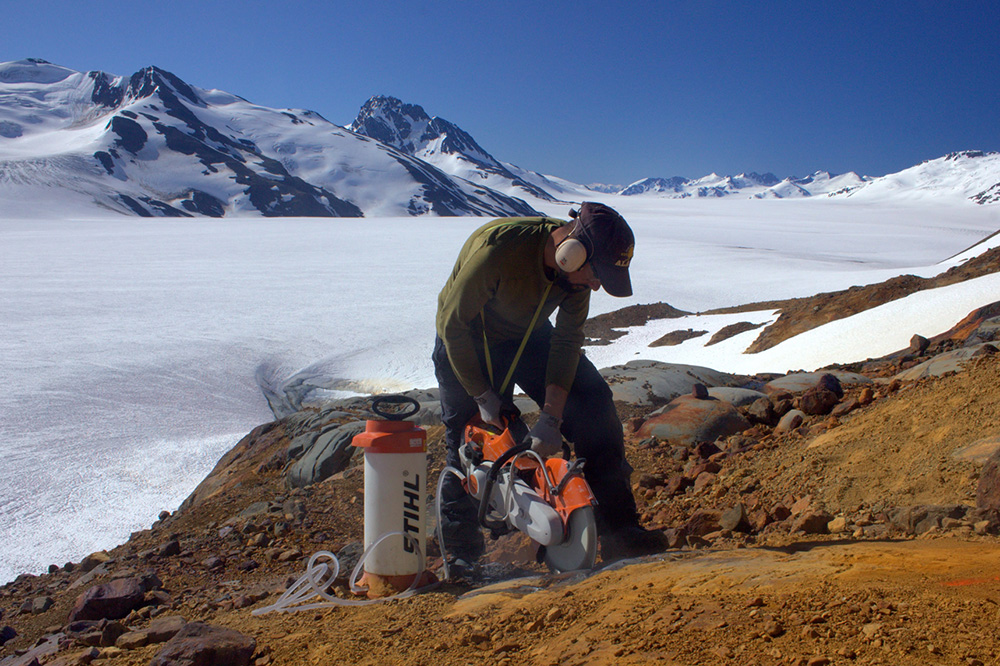The Canadian Environmental Assessment Agency is conducting a federal environmental assessment of the proposed Red Mountain underground gold project, located northeast of Stewart, British Columbia. The project is also subject to requirements under the Nisga’a Final Agreement, a modern treaty signed by the governments of Canada, British Columbia, and the Nisga’a Nation.
The Agency invites the Nisga’a Nation, Indigenous groups and the public to comment on the draft Environmental Assessment Report, which includes the Agency’s conclusions and recommendations regarding the potential environmental effects of the project and their significance, the proposed mitigation measures, and the follow-up program.
The Agency also invites comments on the potential environmental assessment conditions for the project. Final conditions would become legally-binding on the proponent if the project is allowed to proceed.
The 17,125 ha Red Mountain project is located within northwestern British Columbia’s prolific ‘Golden Triangle’, 15 km northeast of the town of Stewart and within Nisga’a Nation traditional territory. A previous feasibility study announced by IDM in June 2017 confirmed the positive economics for a near-term, high-grade, bulk mineable underground gold operation at Red Mountain.
BC’s ‘Golden Triangle’ hosts multiple large and high-grade past-producing mines and deposits, several of which are approaching potential development. High-grade past-producing gold-silver mines include the Premier, Eskay Creek and Snip operations. Seabridge’s KSM Project and Pretivm’s currently producing Brucejack mine host extensive metal deposits in the same belt of rocks as Red Mountain.
On June 19, 2018, IDM Mining announced the results of an updated mineral resource estimate which incorporated information from previous drilling, plus results from 29,312 meters of drilling completed during 2017. 2018 Mineral Resource Update Highlights:
•39.2% increase in measured gold ounces or 147,600 oz Au and measured tonnes increased by 581,900 t or 46.7%, maintaining a high-grade of 8.92 g/t Au and 28.30 g/t Ag
•20.7% increase in measured and indicated (M&I) gold ounces or 120,900 oz Au to 704,600 oz of gold plus 2,026,800 oz of silver at an average grade of 7.91 g/t Au and 22.75 g/t Ag
•Measured and indicated tonnes increased by 33.6% or 696,600 t to 2,771,300 t
•Inferred Resources of 61,400 oz of gold averaging 6.04 g/t Au, a slight decrease in ounces of 5.2% primarily due to strong resource conversion
•Vast majority of inferred resources in the Marc, AV and JW converted to M&I
•Initial resources reported for Smit, SF, Bray, Chicka and Cambria Zones
•The updated mineral resource estimate, along with improved geological interpretation and engineering optimization work will support an updated feasibility study expected to be completed in the autumn of 2018.











